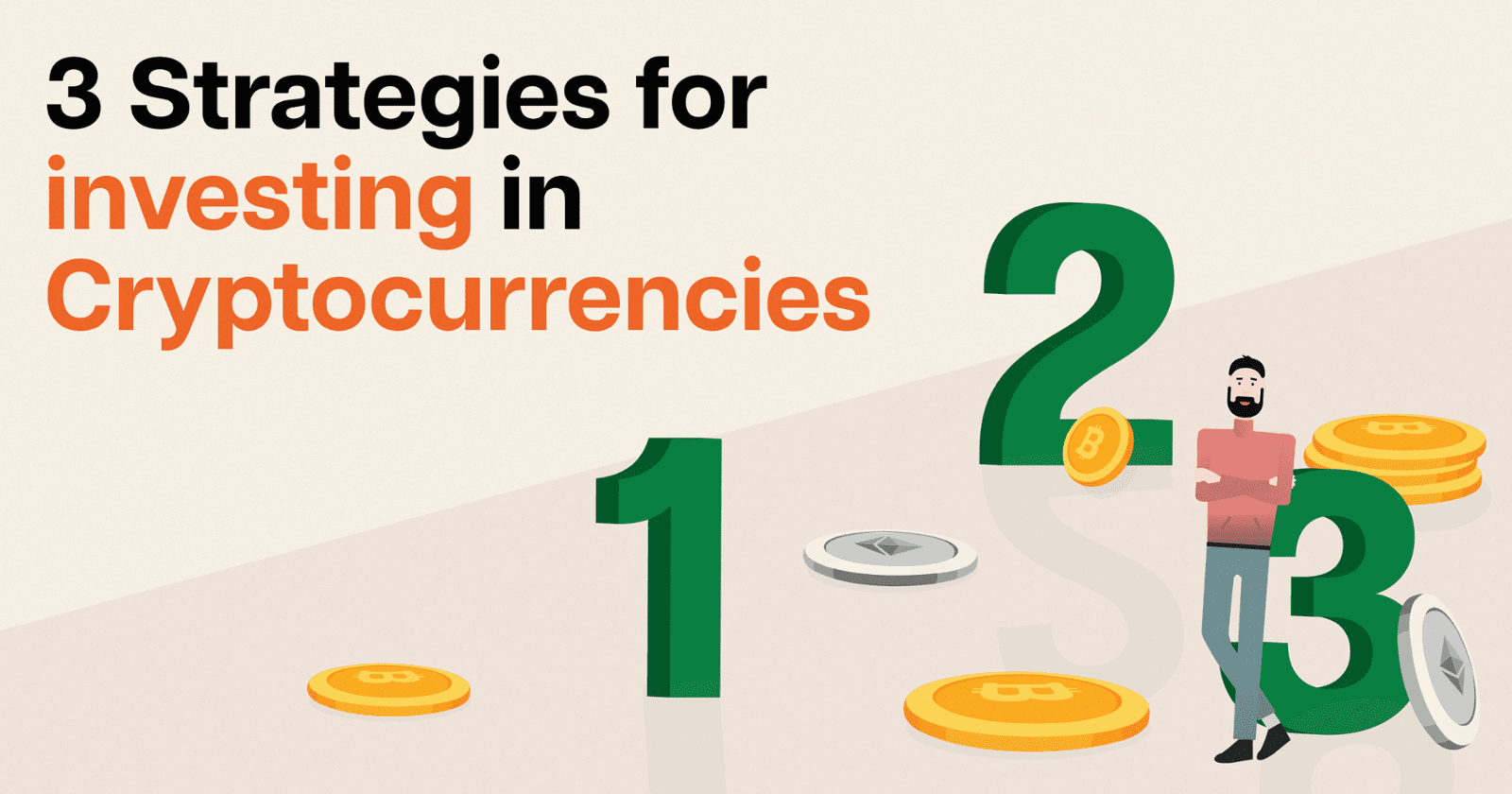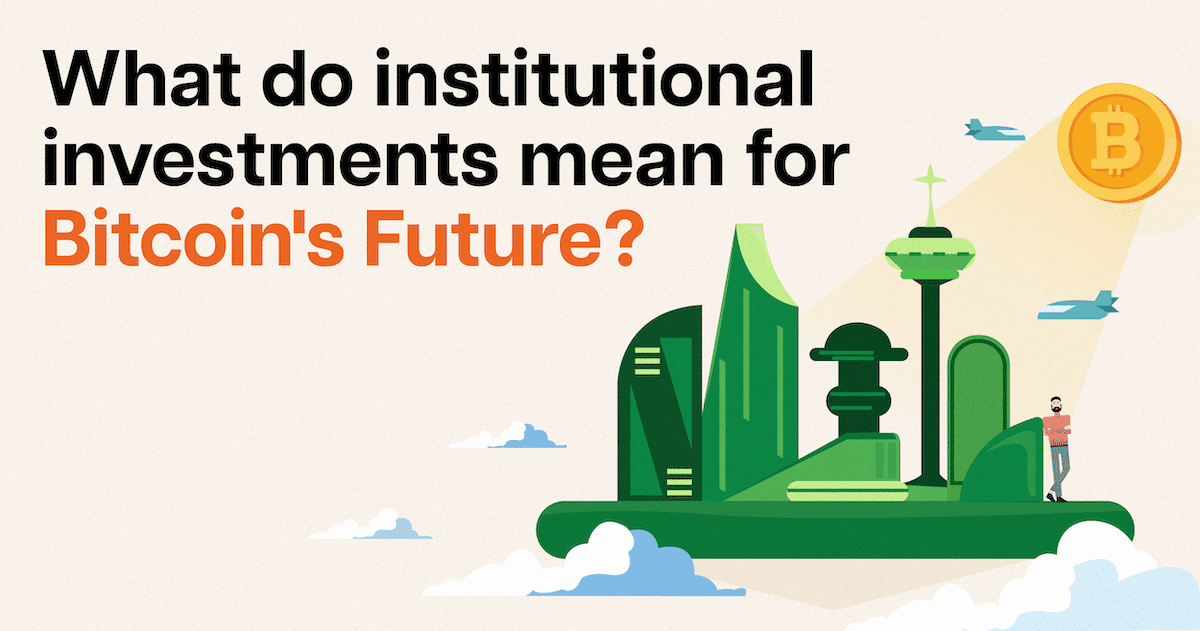In recent months, Central Bank Digital Currencies (CBDCs) have become something of a hot topic. With the recent conclusion of the G7 meetings and various discussions being put on the table worldwide, you might be wondering what all the fuss is about. In this article, we’ll share with you all the information you need to get started on understanding what a Central Bank Digital Currency is and how they might affect the cryptocurrency sphere.
What is a Central Bank Digital Currency?
What is a CBDC? Generally, a Central Bank Digital Currency is a blockchain-based digital currency that is issued by a country’s central bank. The main idea behind such a currency is to use it as a mode of digital payment for individuals and merchants to transact with. However, this is still a relatively new type of currency that has yet to be implemented by countries. Ideas have been thrown around, such as China’s intentions to create a digital yuan or the United Kingdom’s discussions on how to create a digital GBP.
Understanding CBDCs
Because of how new a Central Bank Digital Currency is, no country has actually officially rolled out one. As such, it is hard to fully understand how they work at the moment. In spite of this, several general design principles have emerged on what is a CBDC.
The idea behind CBDCs is similar to that of the original digital currency – Bitcoin. CBDCs are based on the same mechanisms behind Bitcoin. They harness the power of blockchain technology in order to enable payments to function through a network of computers that will validate subsequent transactions. However, instead of using an open blockchain to do this, CBDCs use what is known as a permissioned blockchain. What this means is that only a few authorized organizations will be able to access the information stored on the blockchain that records financial activities relating to a Central Bank Digital Currency.
Finally, it is also important to note that while most CBDCs plan to implement blockchain technology, there are also some central banks that do not believe that it would be efficient. Instead, they plan on using alternative technological solutions.
How are CBDCs different from cryptocurrencies?
The differences between a CBDC currency and cryptocurrencies can generally be divided into three categories.
First, while cryptocurrencies are largely decentralized, CBDCs are highly centralized. This is by design and by virtue of the use cases of CBDCs. Given that they will only be used for payments and will be managed by banks, it makes sense that CBDCs are so centralized. On the other hand, cryptocurrencies function in a far more decentralized manner, as no single entity controls the activities behind these assets.
Second, while cryptocurrency users are able to remain anonymous if they choose to, a CBDC currency prevents users from doing that. From what has been gleaned from existing proposals on CBDCs, it is clear that these currencies will be linked to the bank accounts of a particular individual, which also requires a user’s personal information to be disclosed with the bank.
Finally, while cryptocurrencies can clearly be used as an investment, the same cannot be said for a CBDC currency. The latter is only intended to be used to bring about greater efficiency in the existing financial systems and institutions of a country.
Examples of CBDCs
As mentioned above, some examples include the digital Yuan, and plans to create a digital GBP. According to Bison Trails and CoinDesk, about 80% of Central Banks are exploring a CBDC currency.
While no country has officially implemented a CBDC currency, testing has already begun for several nations. For instance, the central bank of Sweden proposed an E-Krona back in November 2016, and has started testing an E-Krona proof of concept in 2020.
The Bahamas has also made progress, with its central bank introducing the ‘Sand Dollar’, the digital currency equivalent to the Bahamian dollar.
Finally, in the USA, the Digital Dollar Project plans to launch five programs in 2021 to test the usability and feasibility of digital currencies in the USA.
Interestingly, one of the earliest examples of CBDC usage happened in Ecuador, from 2014 to 2018. However, rather than using blockchain technology, it operated through citizens’ mobile phones. While the program unfortunately closed due to low adoption, many wonder if a similar program will take its place, given the popularity of digital assets in recent years.
The pros and cons of CBDCs
Many cryptocurrency natives have viewed CBDCs with skepticism – and with good reason. One of the central tenets of cryptocurrencies is the anonymity and decentralization it brings. All of these would be undermined with the rise of CBDCs.
That said, the one benefit that CBDCs might have over cryptocurrencies is their capability to scale, and in turn, achieve mass adoption. This is a problem that crypto assets currently face, given high gas fees and a largely non-user-friendly interface. With the support of the central government, these problems could potentially be solved by CBDCs.
Conclusion
Whatever your thoughts are on CBDCs, the undeniable fact is that there has been huge institutional and governmental interest in them. Rather than denying their existence, your best bet would be to figure out how to work with them and how they will impact the space in the long run.
If you are ready to start investing sign up for a Nebeus account to take your crypto to the next level.
Have any thoughts? Let us know below.










